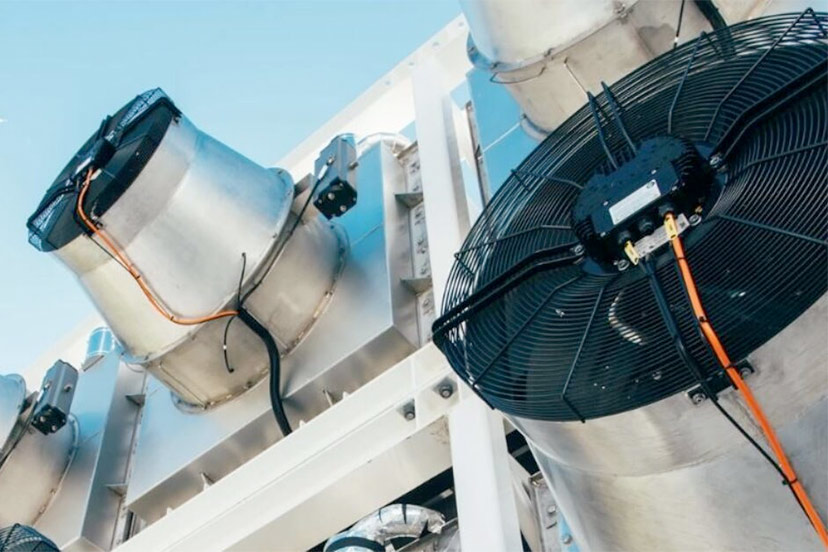The U.S. Department of Energy — which has a budget of $52 billion, but doesn’t actually produce any energy — revealed last week that they’re awarding $1.2 billion to two consortiums to build “commercial-scale direct air capture” hubs.
DAC hubs.
Energy Secretary Jennifer Granholm told reporters the DAC two hubs are expected to remove over 2 million metric tons of CO2 annually, “which is like taking nearly half a million gas-powered cars off the road.”
To phrase it slightly differently, the development of these hubs would allow us add another half million gas-powered cars, without noticeable feelings of remorse. It being the main job of the Department of Energy, to help us feel less guilty about destroying the planet. Especially oil and gas companies.
There are about 1.2 billion cars and pickup trucks in the world right now. Secretary Granholm could have told us that these new-and-improved DAC hubs — assuming they actually work — will remove the CO2 from 0.05 percent of our automobiles.
She also didn’t tell us how much CO2 the DAC hubs’ own machinery and operations will produce, annually. I bet it’s a lot.
According to an article by reporter Ben Geman on Axios.com, posted on Friday:
It’s the “world’s largest investment in engineered carbon removal in history,” per the department, which said the projects will create nearly 5,000 jobs. Project Cypress in Louisiana, involves the big nonprofit science and tech group Battelle, and DAC firms Climeworks and Heirloom. The other, in Texas, is led by 1PointFive. It’s a subsidiary of oil giant Occidental Petroleum, working with DAC company Carbon Engineering and Worley, a firm that provides engineering and other services.
The 2021 infrastructure law has $3.5 billion allocated for DAC hubs, so there’s lots more tax money to spread around, as the agency receives additional proposals.
To spread around, without any guaranteed benefit.
Writes Mr. Geman:
Reality check: There’s absolutely no guarantee DAC or other methods will ever reach the scale needed to become powerful weapons against global warming.
Someone’s going to make a bunch of money by not solving the problem. Within the next 25 years, experts estimate, we will have 2 billion cars on the road.
But what really bothers me about this whole thing is, who gets the carbon, after these DAC hubs remove it?
I mean, carbon — once it’s no longer CO2 — can be really valuable. Diamonds are made of carbon, for example. And also, pencil leads.
Is the Department of Energy going to allow these two consortiums to keep all the carbon? Because this whole thing sounds like just the tip of the DAC hub iceberg. If these new hubs actually work as promised, the Department of Energy will start building them all over the place.
I pay a lot of money for the carbon in my gasoline, and for the carbon in my propane tank. But these investors in Texas and Louisiana think they can just pull our hard-earned carbon out of the air? And keep it?
If you ask me, all that carbon belongs to us, the taxpayers.
That’s the main problem with government bureaucrats: they don’t think things through. They have $3.5 billion burning a hole in their pocket, and they can’t wait to give it away to the first Tom, Dick or Harry who comes along with a DAC hub proposal that might — might — remove 2 million metric tons.
According to the USDA, the country’s forests remove 150 million metric tons of CO2 every year. How about them apples, Mr. President? That’s equal to the emissions from 40 coal-fired power plants.
And they do it for free.
So I’m perfectly okay with the trees having my carbon. It’s the least I can do for them.

